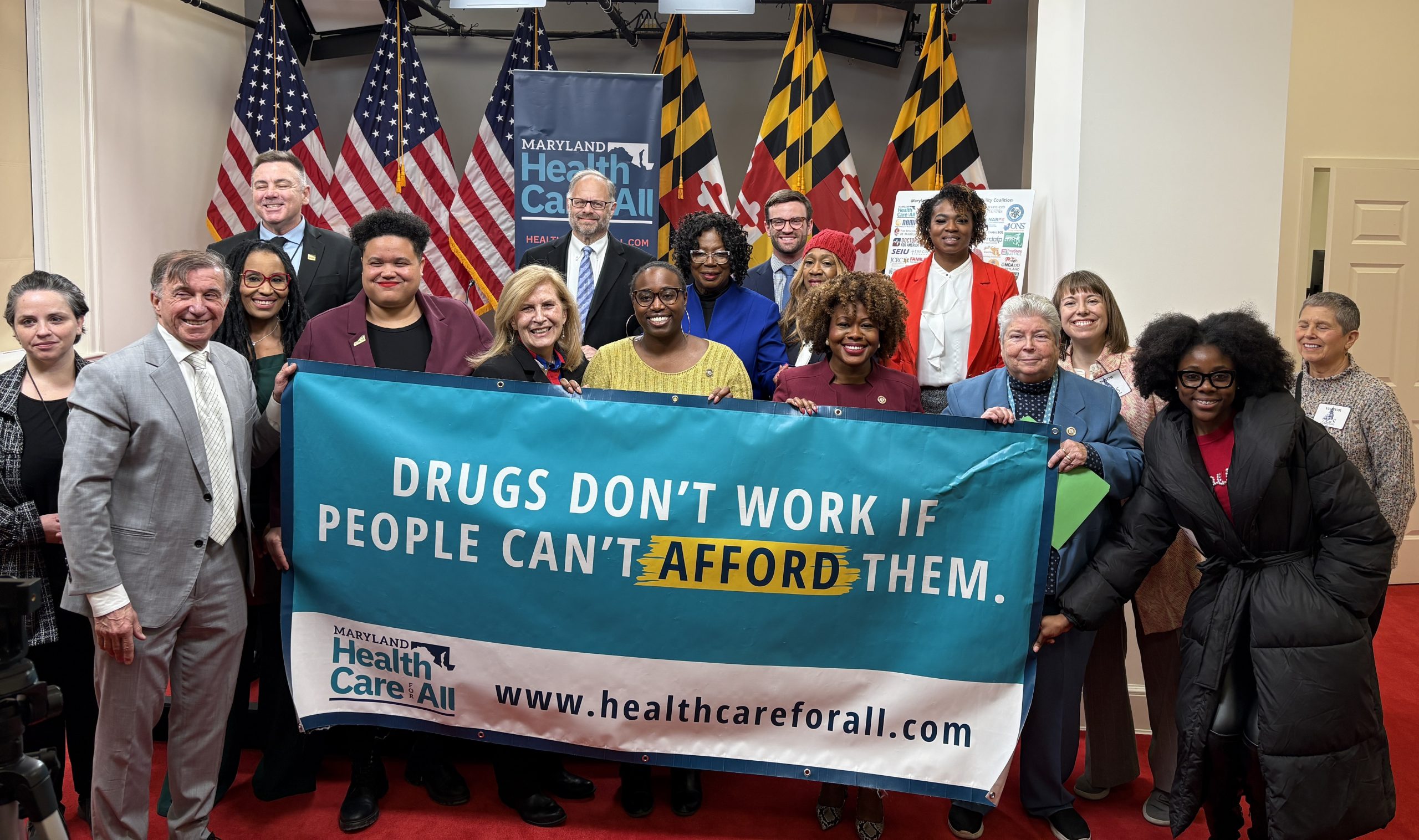Washington Post
– Op-Ed
September 8th 2017
Jeremy A. Greene is a professor of medicine and the history of medicine at the Johns Hopkins University School of Medicine and the author of “Generic: The Unbranding of Modern Medicine.”
In May, Maryland became the first state to take action against the alarming trend of price gouging of off-patent brand-name and generic drugs. The state’s concise new law, which permits the attorney general to argue in front of a court when the price of an older essential medication increases so precipitously as to “shock the conscience,” passed with overwhelming bipartisan votes and broad popular support. Other state legislatures are looking to introduce similar laws across the country. The generic pharmaceutical industry would prefer to see it overturned.
Opponents argue that the law targets the “wrong drugs” and Maryland should focus instead on reining in price gouging among brand-name drugs. That is a cynical suggestion at best. The new law explicitly addresses off-patent brand-name drugs such as Daraprim, the antiparasitic drug whose price soared from $13.50 to $750 per pill once acquired by Turing Pharmaceuticals.
And while the problem of pharmaceutical pricing is felt most keenly in newer specialty drugs that can cost more than $30,000 a year, interpretations of federal patent law limit the ability of states to protect residents from price increases in these newer drugs whose monopolies are protected by patents.
Does that mean Maryland should simply walk away from addressing a problem that it can directly address right now: the price gouging of off-patent pharmaceuticals?
Price hikes among older drugs are a real problem for patients who rely on them. They represent a species of increased health-care costs with no possible justification in relation to innovation or access. This is why Turing Pharmaceuticals chief executive Martin Shkreli drew such widespread condemnation two years ago after increasing the price of Daraprim by 5,000 percent simply, to paraphrase congressional testimony and a bipartisan Senate report, because he could. Indeed, it took a separate federal case to convict Shkreli of fraud last month, because the manipulation of Daraprim’s price was not illegal — that is, until the Maryland law takes effect on Oct. 1.
While Shkreli is the most visible face of pharmaceutical price gouging, Turing is far from the only company following his playbook. From J. Michael Pearson’s methodical price inflation at Valeant Pharmaceuticals International to cumulative price increases of noncompetitive but essential older drugs such as the EpiPen (crucial in emergency treatments of anaphylactic shock) and naloxone (for opioid overdoses), this exploitative pattern has continued. The problem is unlikely to go away on its own. Studies by University of Chicago economist Rena Conti and Harvard University pharmaceutical policy researcher Aaron Kesselheim show that more than 50 percent of all off-patent drugs are produced by two or fewer manufacturers. In cases such as the epilepsy drug Cerebyx, generic competition can bring prices down initially, only to have them rebound once the market drops to one or two companies. These conditions, as a 130-page bipartisan report by the Senate Special Committee on Aging recently documented, allow for price gouging. The federal Government Accountability Office reported that although competitive generic markets produce price decreases, more than 300 of a total of 1,441 off-patent drugs saw “at least one extraordinary price increase” in the five years studied.
The generic industry is right to point to the successes of the Hatch-Waxman Act of 1984, a landmark piece of bipartisan legislation that helped a coalition of scrappy “little pharma” firms challenge the inflated prices of brand-name “Big Pharma.” As a physician and a patient, I appreciate the continuing legacy of Hatch-Waxman: Generic drugs produce remarkable cost savings when four or more competitors enter a drug market. But as a historian, I think we also need to attend to what has changed since the 1980s. The generic industry cannot be described as “little pharma” anymore: It is a rapidly consolidating industry whose leading firms are every bit as big as the “Big Pharma” they once stood in opposition to. Each merger and acquisition reduces the number of competitors in generic markets. Facing the newly inflated prices of old drugs in the 21st century, former Democratic congressman Henry Waxman of California says of the legislation he sponsored, “I think that balance worked for a number of years, but it’s clearly not in balance today.”
The Maryland price-gouging law is an effort to restore that lost balance. It creates no regulatory agency, no bureaucratic bloat. For generic firms participating in competitive drug markets or seeking to make noncompetitive markets more competitive, it should have no impact. Its sole aim — and its sole power — is to let future monopolists who would follow Shkreli’s playbook know that come October, there will be a price to pay for price gouging.
Last modified: September 11, 2017


